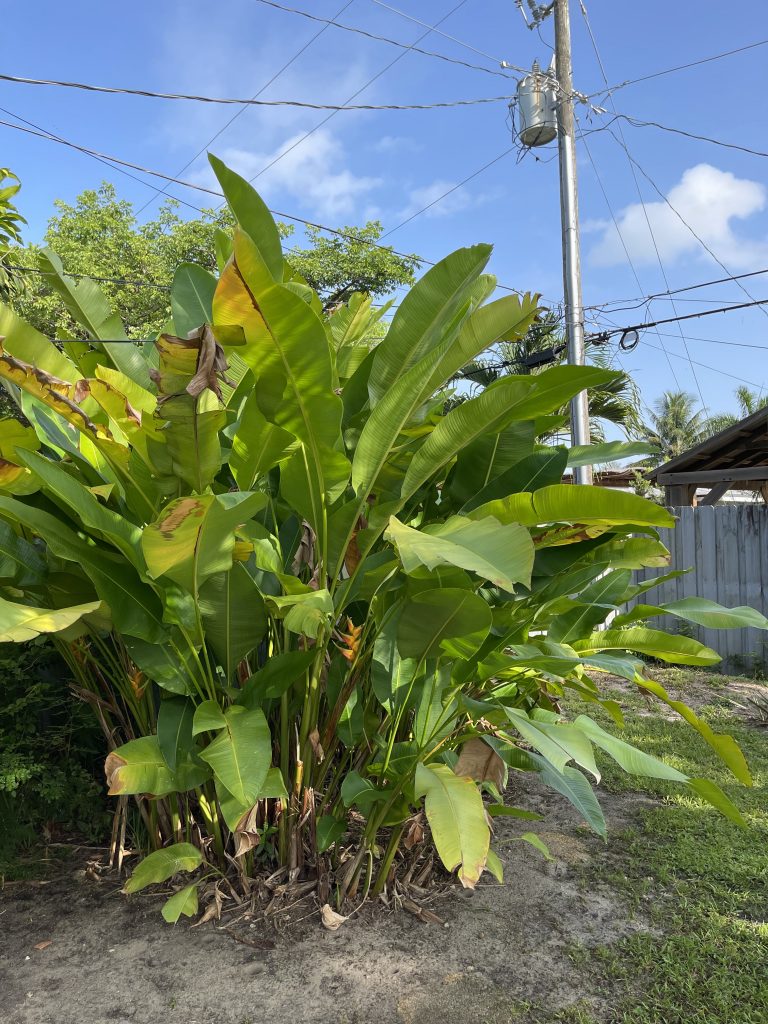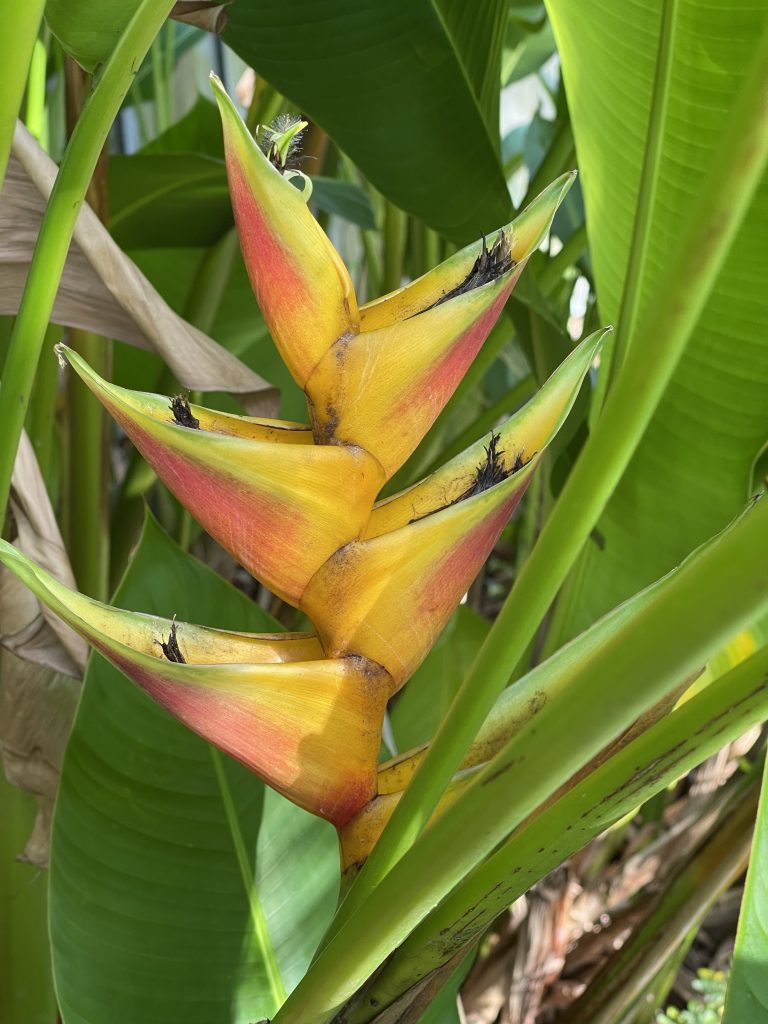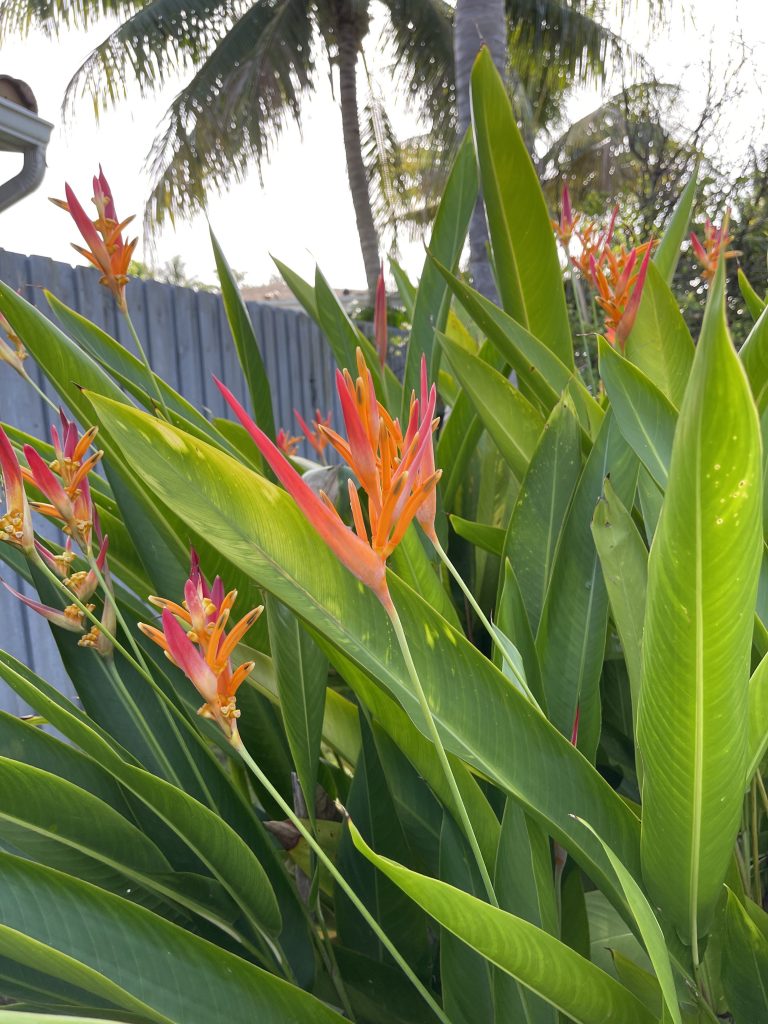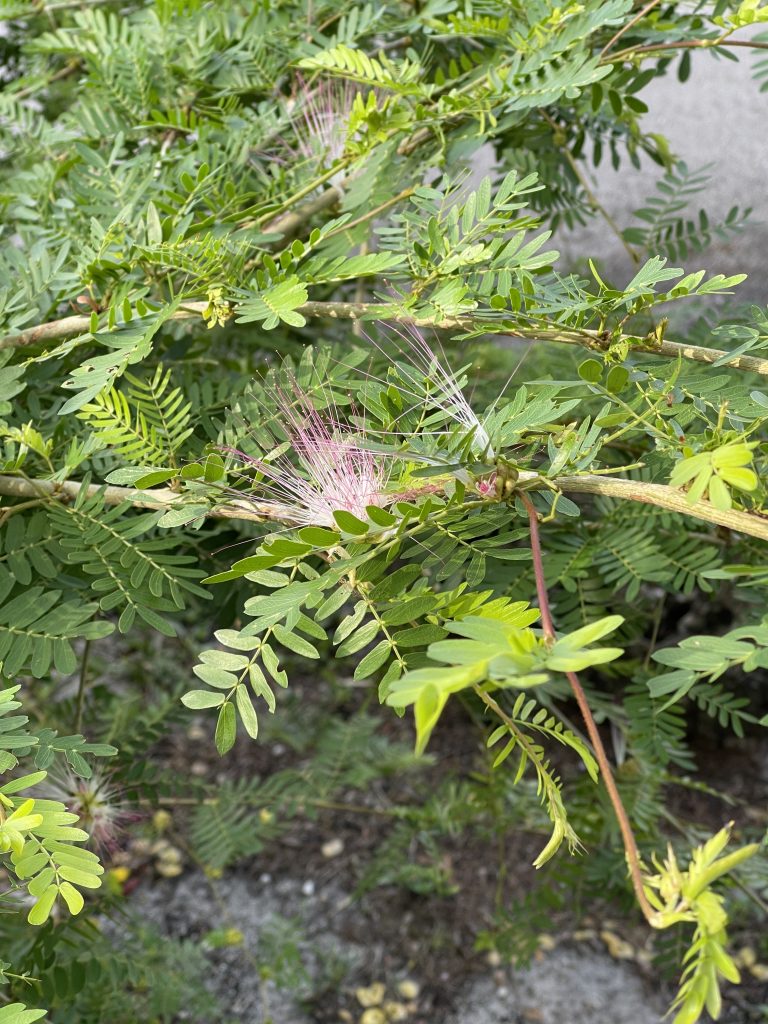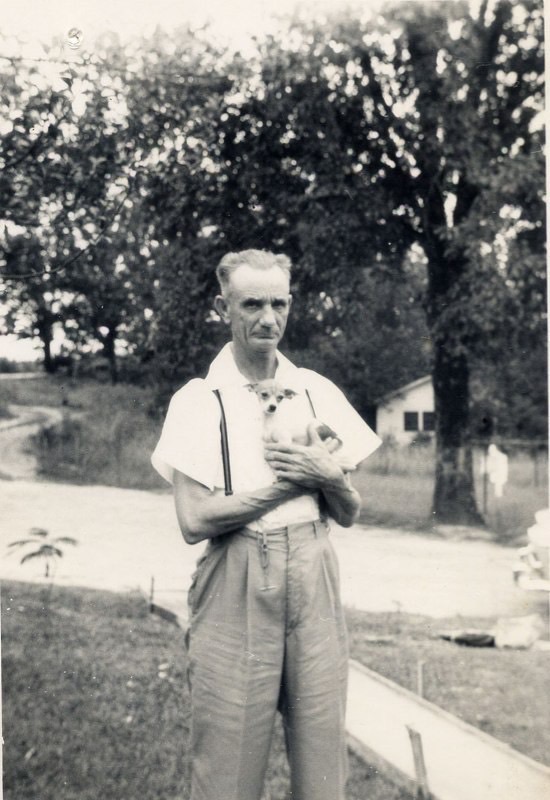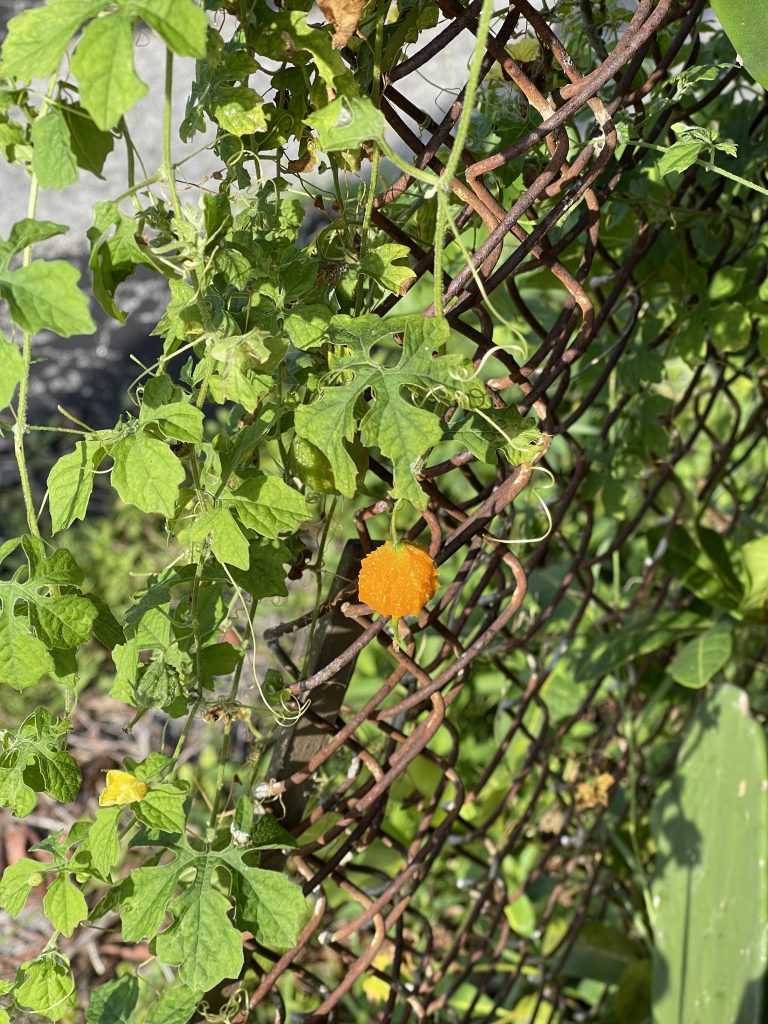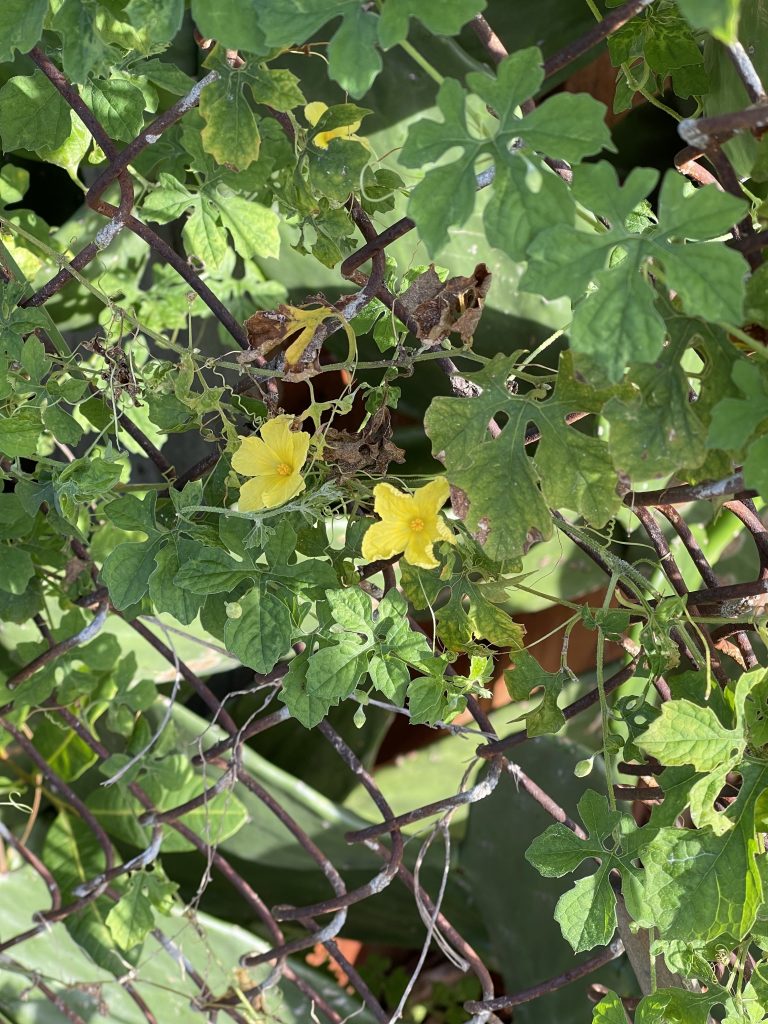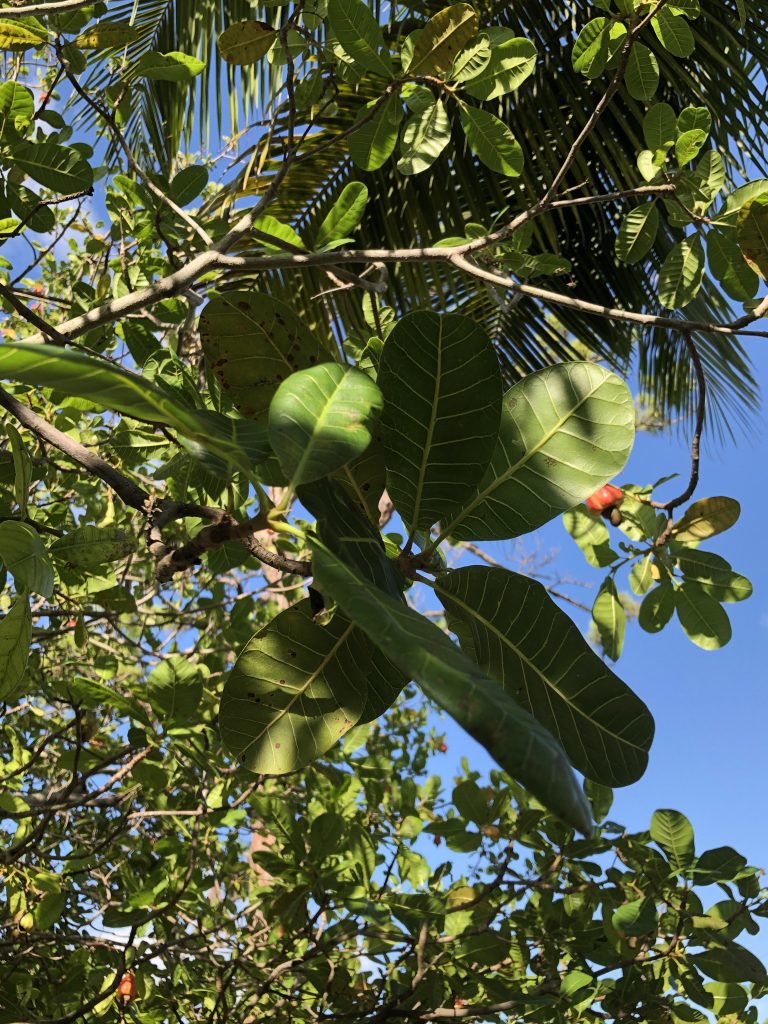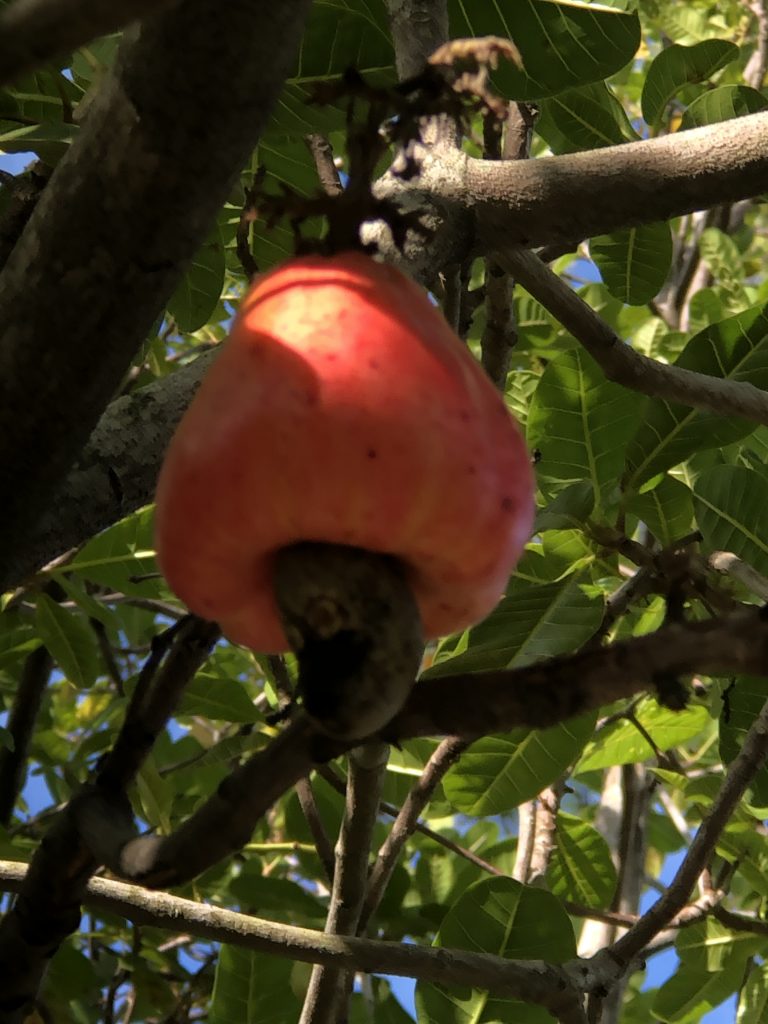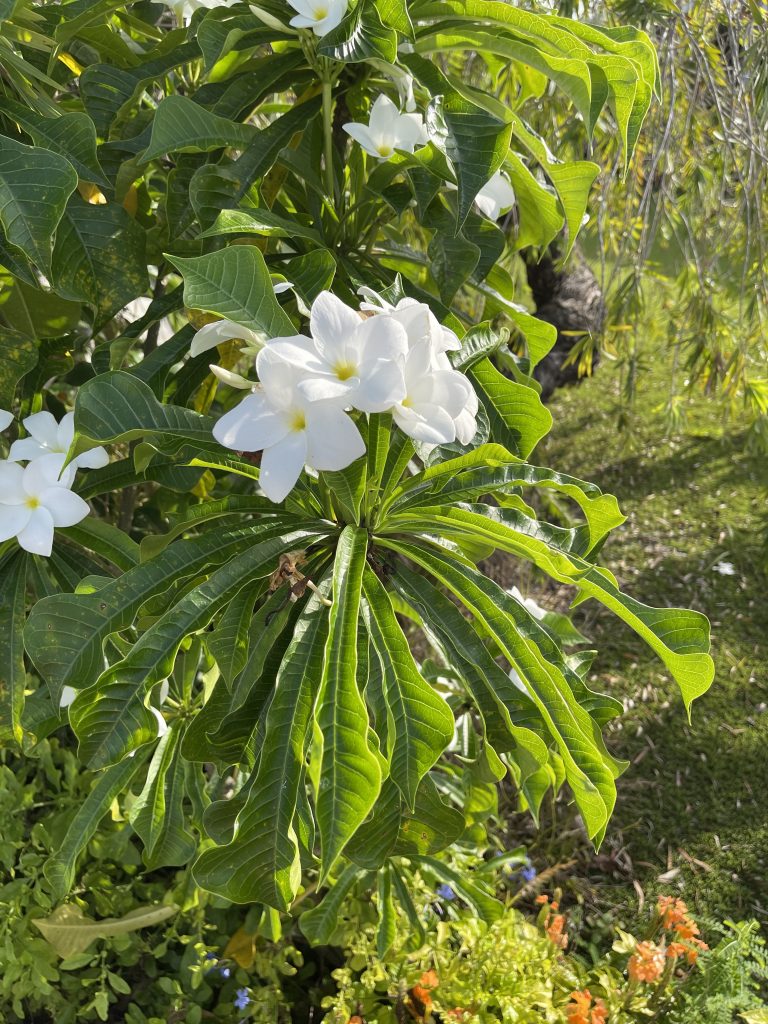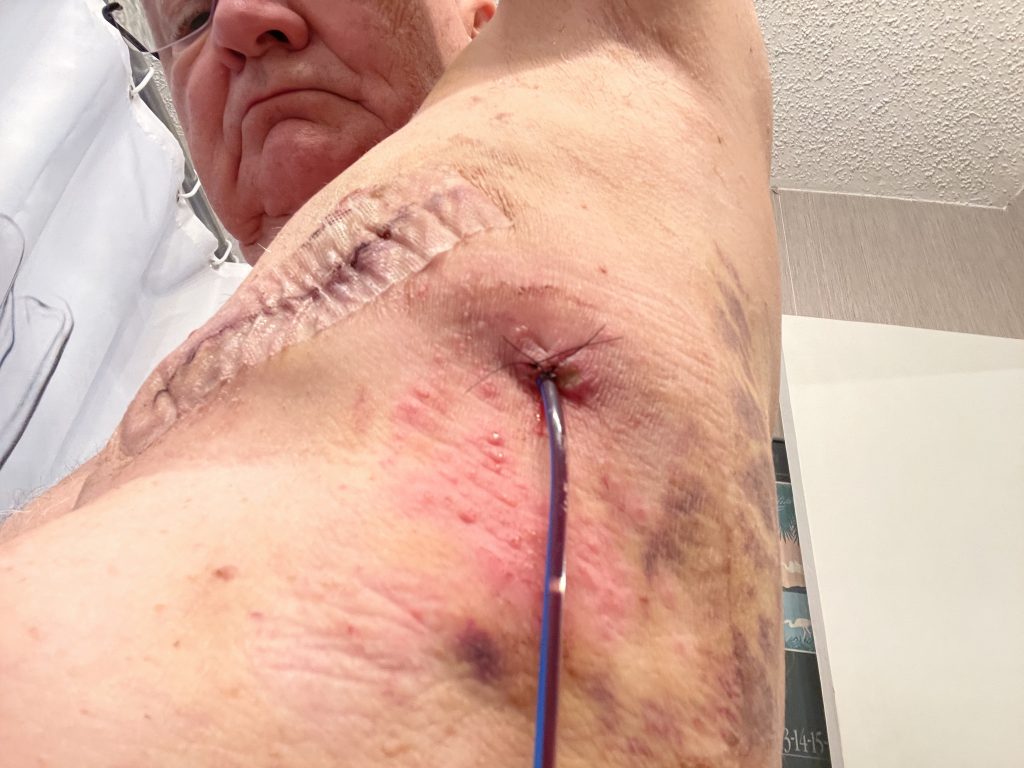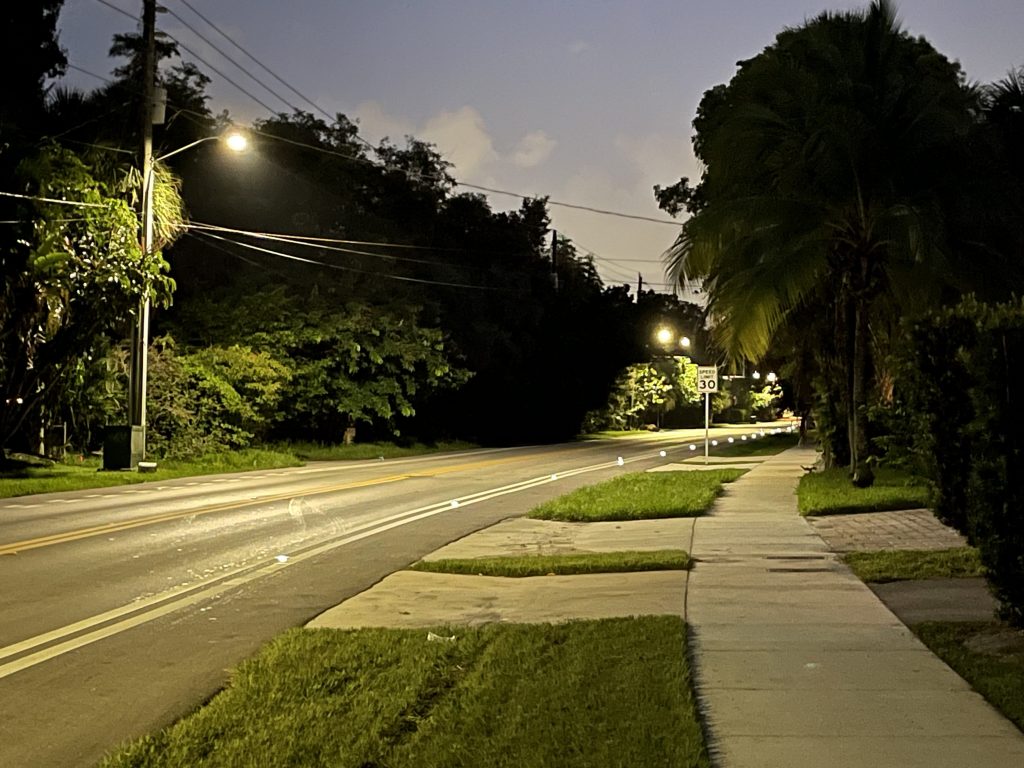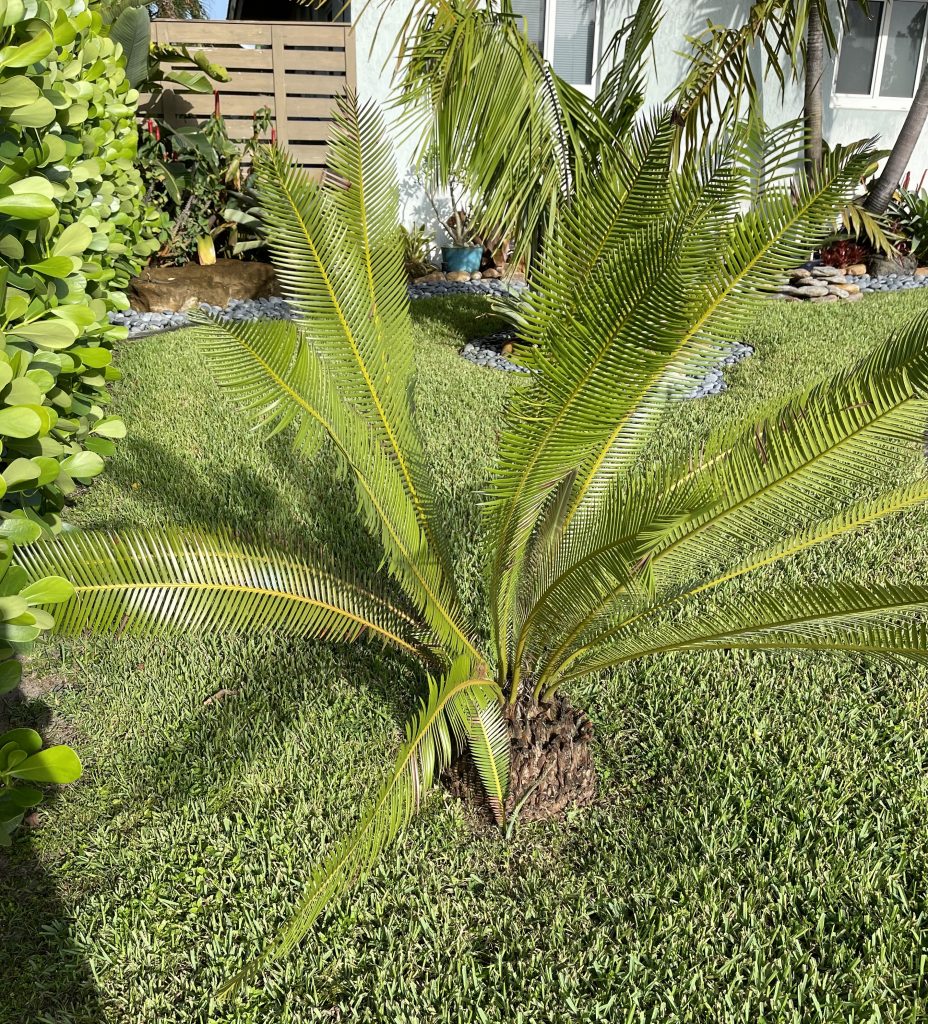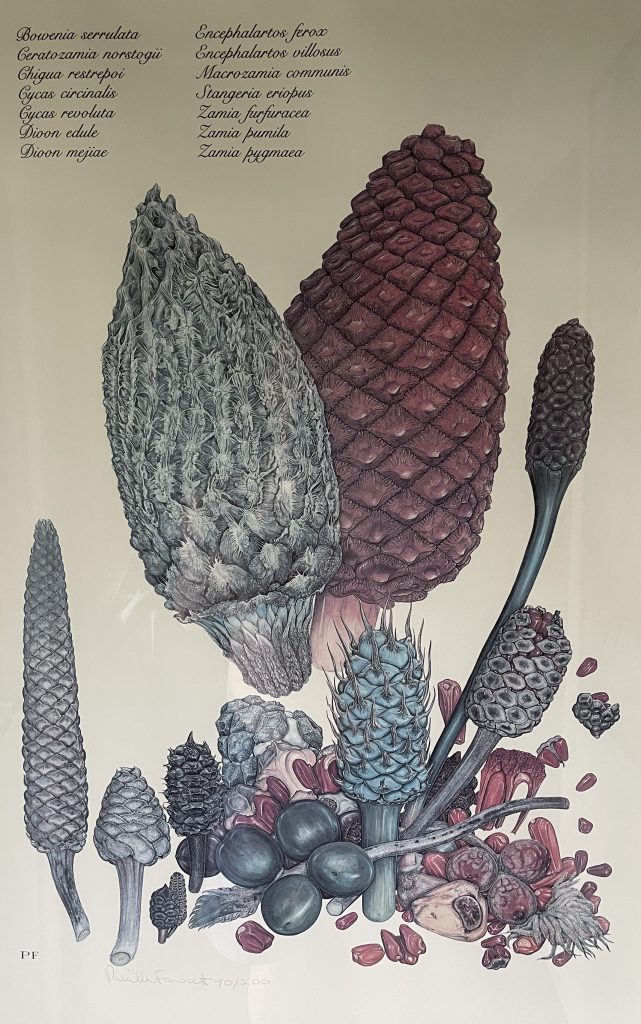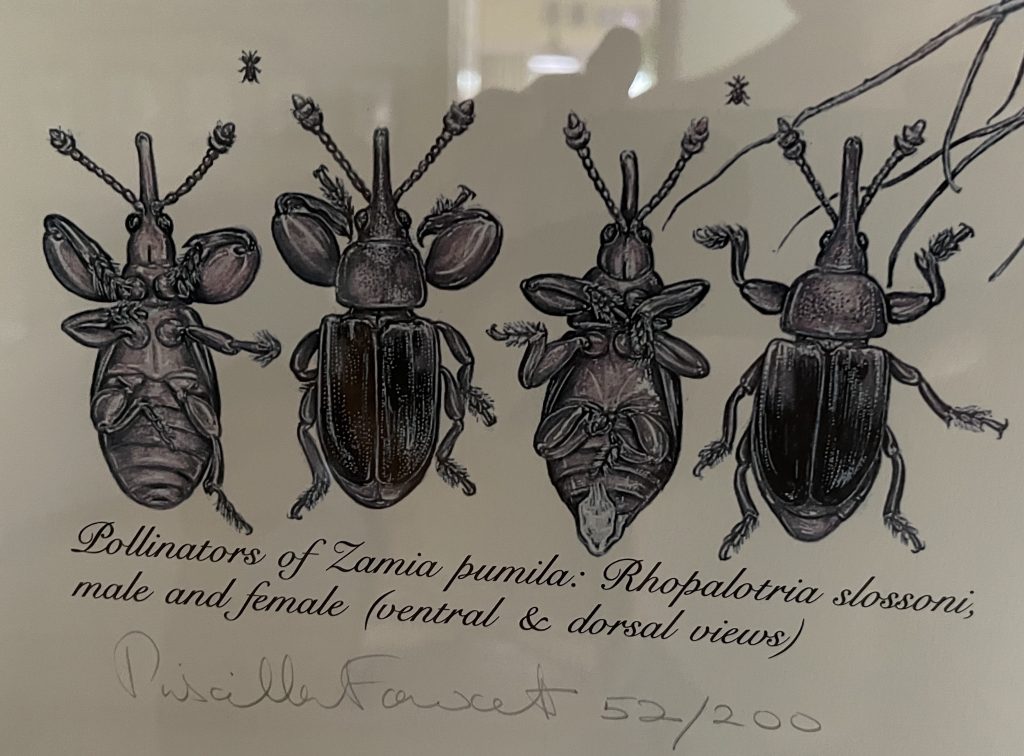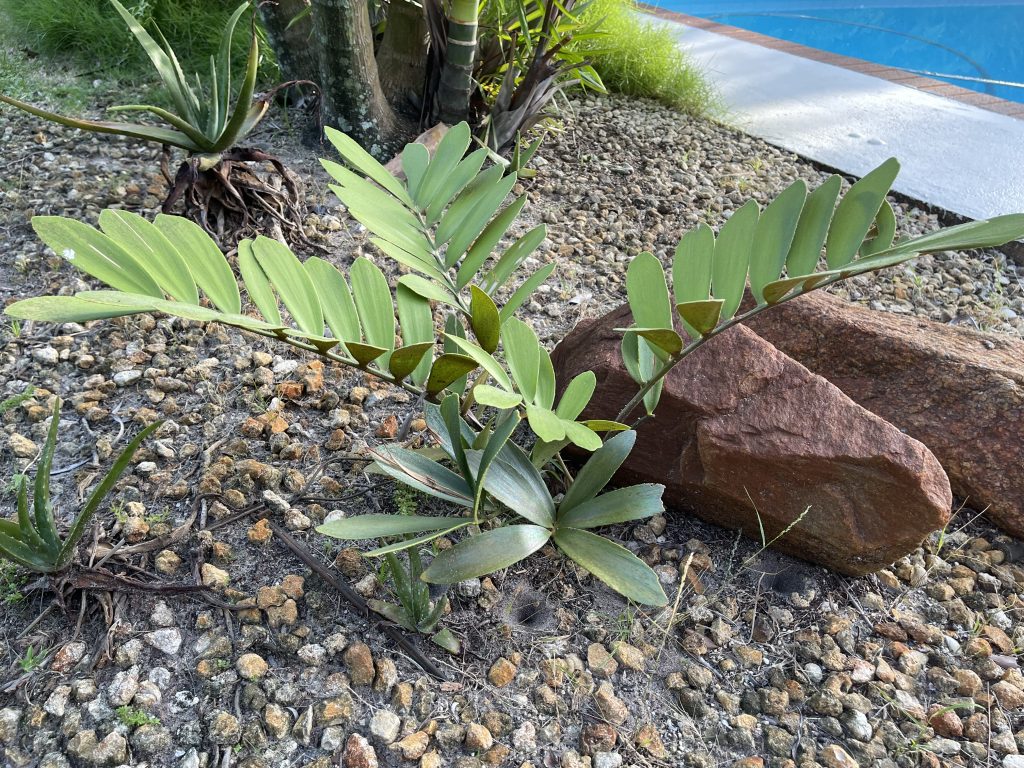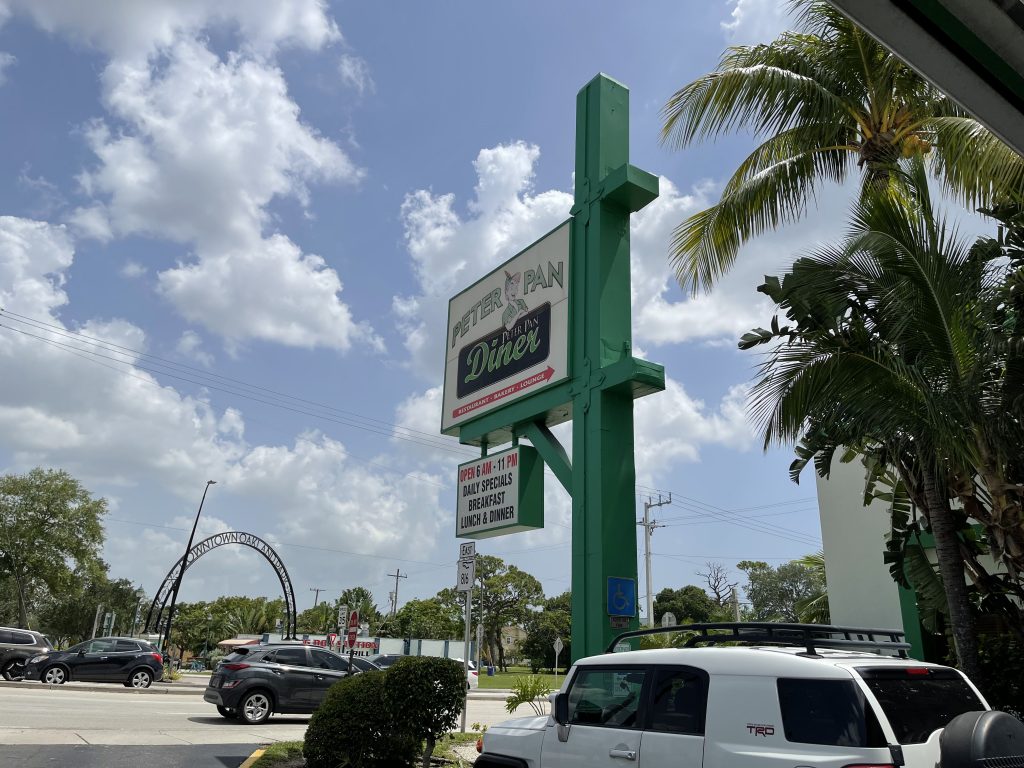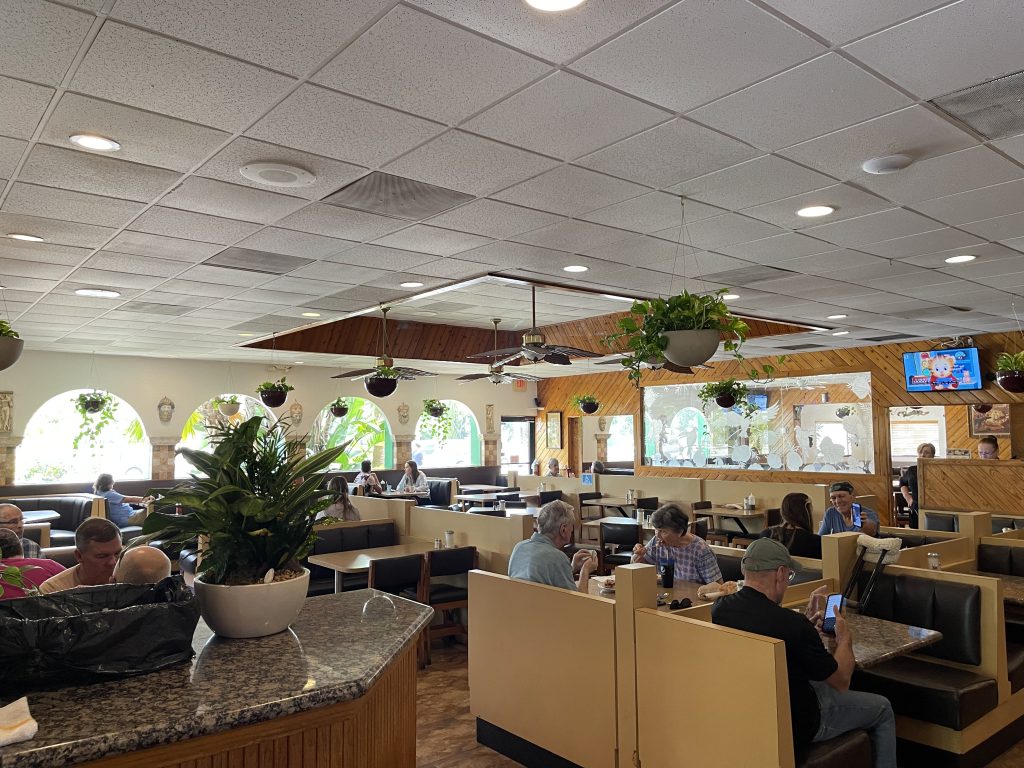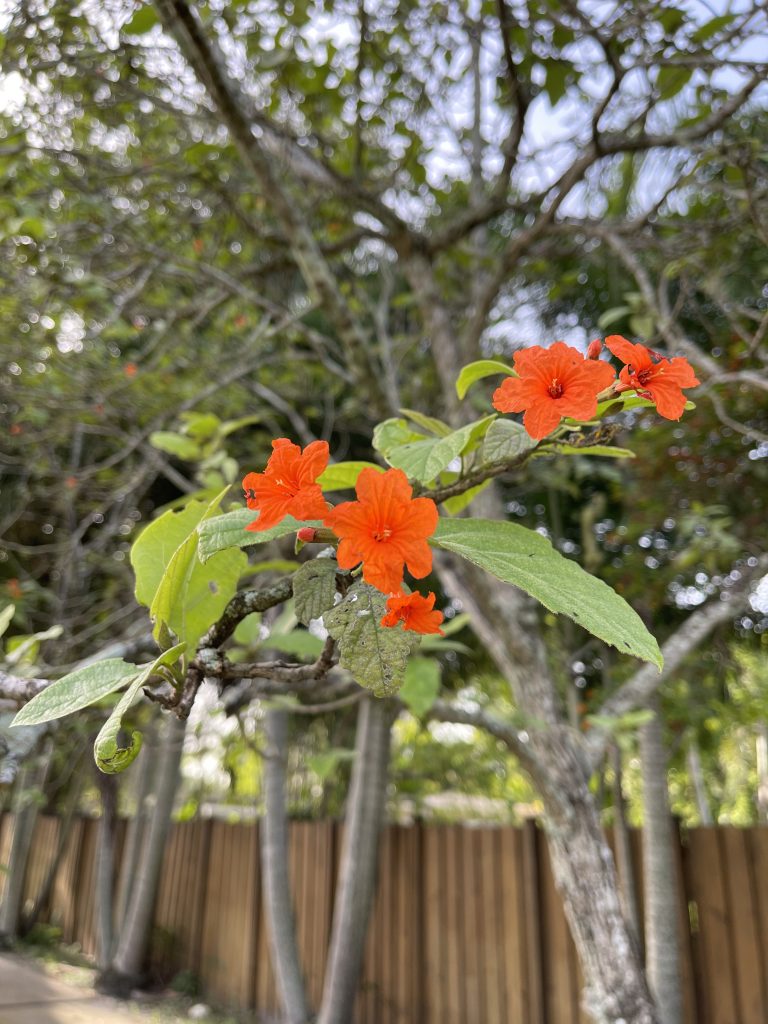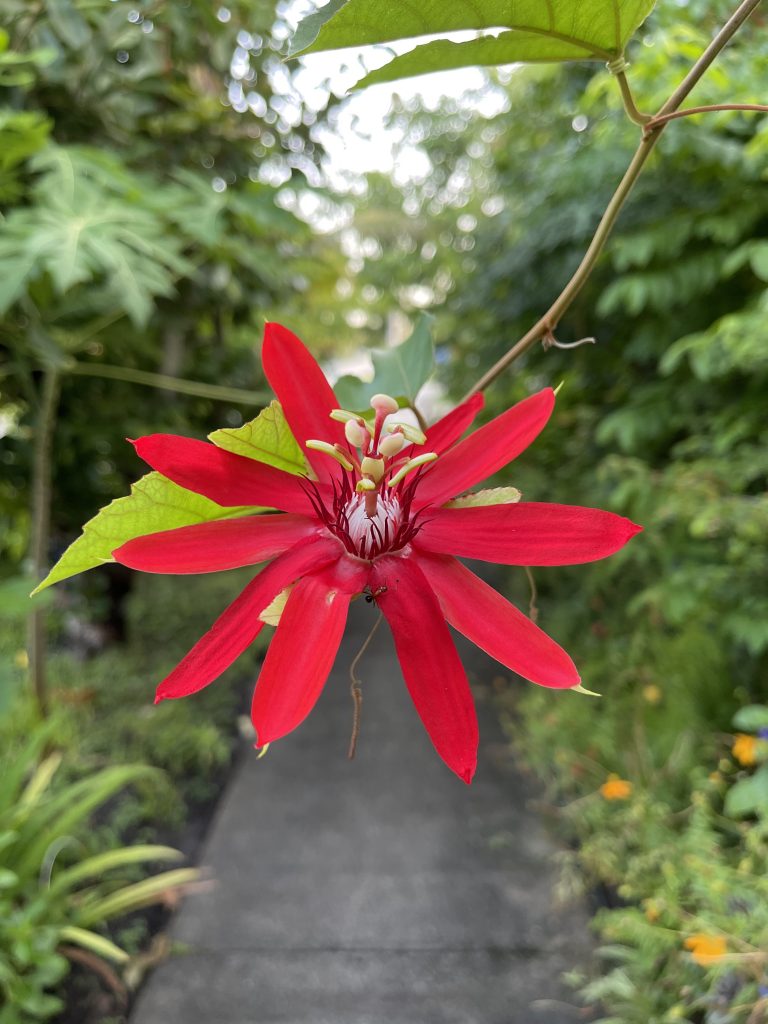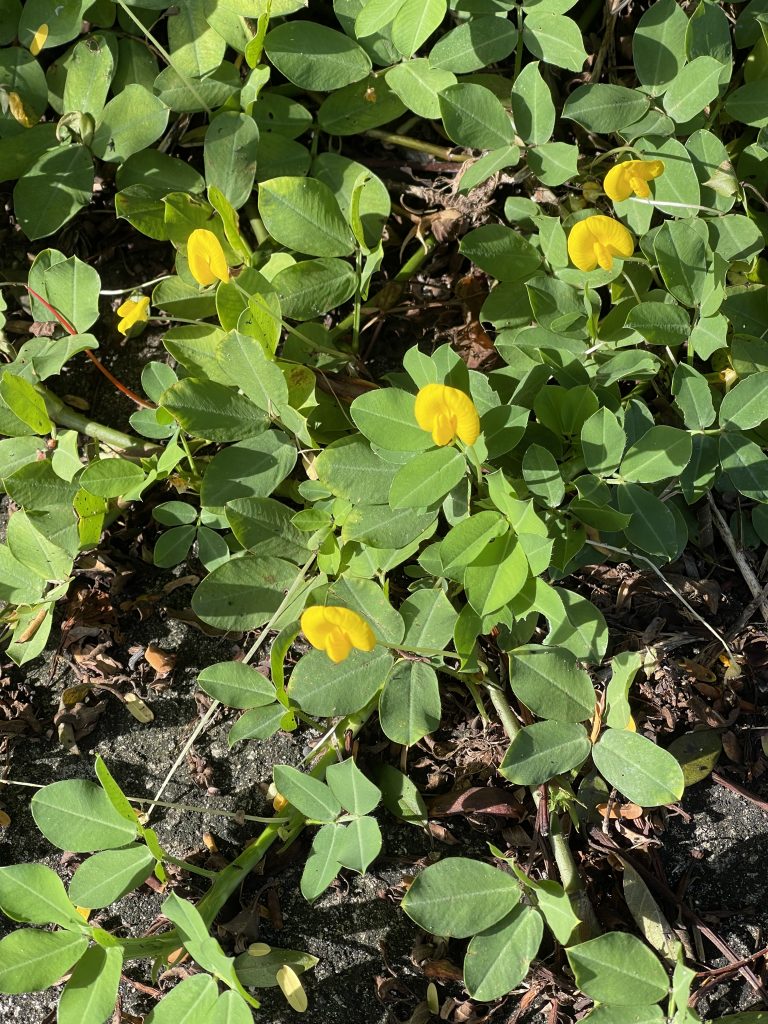31 July 2023
Hallelujah! Dr. Burgers removed the drain! Tomorrow I can shower again. After 17 days, I still find myself habituated to the drain even though it is gone. I put things in a different pocket, check to see if I am snagging the tubing, thinking about checking the blood level in the bulb. It’ll take a while before I quit doing that.
The actual removal of the drain was simple. A couple of snips at the sutures and it pulled right out without pain. Then it was injections with lidocaine to numb me for aspiration.
She tried to aspirate the hematoma again to no effect. I’m scheduled another post-0p with her on Friday and if the hematoma and swelling over the former left breast hasn’t gone down, she’ll schedule me for a quick surgery on the following Monday or Tuesday to remove any other congealed blood in those areas. She said it would be about a 30 minute surgery with a small incision where she would suction the congealed blood out.
There is no danger of the hematoma in place. It would gradually resolve itself in a few months but she’s concerned about the pain associated with it – as am I. Of course, there’s no such thing as a 30 minute surgery because of the prep that is required and the post-op. In some ways, I wish she would go ahead and remove the hematoma surgically.
She put a bandaid over the opening for the drain and said it would probably drain some more but not to worry about it. She and the nurse also put a compression wrap around my chest in hopes of forcing the fluids into the lymph system and get it out of the area of swelling. It’s like having that bra on again.
Everyone at the cancer institute keeps asking me how I’m feeling. To be honest, depressed. The antibiotic keeps me on the toilet until the Lomotil kicks in. I’m sore and puffy near the surgery site and until today had to deal with that damned drain. I didn’t take the anti-anxiety medicine last night. Apparently, the trade name is Xanax (thanks Jimmie) and I guess I’ll start taking it again. I took it one night and not the next. Maybe I need to be on it for a while.
She also keeps commenting on the bruising. I finally told her it was because she was so mean to me during the original surgery. She didn’t laugh at that one. Then I told her that 74 year olds tend to bruise quite a bit for just about any reason.
It’s getting close to lunch time so I think I’ll partake of a couple of Duncan Donuts and a coke for lunch. When I was in junior high school, that was my breakfast. I would walk to the Gulf Cafe in Morton and sit at the counter and order a single donut and a coke. It was all I could afford for breakfast. Mom was either in her cups or missing in action so there was no breakfast at home. At the cafe, it got to be so regular that whoever was waiting tables would just go ahead and plop down my donut and coke without asking what I wanted. No, it wasn’t particularly nutritious but it got me to lunch time at the cafeteria at school. Back in those days, I think lunch was 25 cents and milk was two pints for a nickel. That way I got at least two meals a day.
__________
No plants to bore you with today. I just don’t feel like it. I’ll try again tomorrow. Stay tuned!

